The Inception of Hickory Point Mall
In the early 1970s, the idea of a new shopping mall in Decatur, Illinois, sparked a lively debate. Developers Copaken, White & Blitt were the driving force behind the proposal, hoping to establish a major retail destination in the heart of the city.
However, local business owners in downtown Decatur weren't thrilled with the prospect. They feared that a large mall would siphon away customers and hurt their sales.
After a year of back-and-forth negotiations, the Decatur City Council held a vote in July 1974. It was close - really close - but the council rejected the proposal by just one vote.
Undeterred, the developers pivoted. Instead of abandoning the project, they set their sights on Forsyth, a village just a few miles north of Decatur.
The new location worked out well, and by October 1978, Hickory Point Mall officially opened its doors. From the beginning, it was designed to attract shoppers from Decatur and the surrounding areas.
The mall's original anchor stores - JCPenney, Bergner's, and Carson Pirie Scott - relocated from Decatur's downtown district, marking a major shift in the local retail landscape.
The mall's opening came at a time when shopping centers across America were booming. Hickory Point Mall quickly became a hub for shoppers in central Illinois.
Its strategic location near Decatur made it convenient for residents looking for things to do in Decatur, IL, and nearby cities.
Growth and Expansion in the 1980s and 1990s
The 1980s marked a period of growth for Hickory Point Mall. Just five years after its grand opening in 1983, the mall welcomed a new anchor: Kohl's.
This addition broadened the mall's appeal, offering a fresh shopping option for residents and visitors from nearby towns.
As Kohl's continued to thrive, the company expanded its space in 2003, ensuring it remained a key player in the mall's lineup.
The mall wasn't just growing inside its walls - new developments popped up around it as well. In 1993, Lowe's Home Improvement opened across the street, signaling that the area around the mall was becoming a retail hotspot.
Two years later, in October 1994, Applebee's set up shop nearby, further boosting the area's dining options.
These surrounding businesses added to the allure of Hickory Point Mall as a destination, drawing in shoppers who wanted more than just retail.
In 1998, MC Sports and Sears joined the mix, each relocating from older Decatur locations. Sears, in particular, took up a large 101,000-square-foot space, marking a new chapter for the retailer in the area.
By the end of the 1990s, the mall was bustling with new stores. In 1999, Gap Inc. announced plans to open Gap, GapKids, and Old Navy stores, reflecting the mall's ability to attract trendy national brands.
These additions cemented Hickory Point Mall as a retail powerhouse in central Illinois.
Challenges and Changing Retail Landscape in the 2000s
The 2000s brought challenges to Hickory Point Mall, but also some key renovations. In 2000, Copaken, White & Blitt invested in a major interior renovation, refreshing the mall's look and hoping to keep up with shifting retail trends.
However, the changing retail landscape was becoming apparent. In 2005, CBL & Associates Properties took over ownership, aiming to steer the mall through the evolving retail environment.
By 2007, new stores like Steve & Barry's opened, adding some excitement to the holiday shopping season.
Unfortunately, the excitement was short-lived - Steve & Barry's closed less than a year later, reflecting the broader struggles in the retail sector.
MC Sports, a fixture since the 1990s, moved across the hallway in 2008 to optimize its space.
Meanwhile, Old Navy shuttered its doors in 2010, signaling a shift in consumer preferences toward online shopping.
Some areas of the mall adapted quickly. When Steve & Barry's closed, Shoe Show swooped in, opening a Shoe Dept. Encore store in the vacated space. Though some brands left, others arrived, helping to maintain a mix of tenants.
Despite these efforts, the pressures of the digital age were becoming harder to ignore, and Hickory Point Mall faced ongoing challenges as traditional retailers began to lose ground to e-commerce platforms.

Decline of Anchor Tenants (2014-2018)
The mid-2010s marked a challenging period for Hickory Point Mall as many of its anchor tenants began to exit. In January 2014, JCPenney announced it would be closing its doors by May of that year.
The store had been a cornerstone of the mall since its opening, and its departure left a major gap in both physical space and customer draw.
Just months later, in November 2014, Sears followed suit, shutting down its large anchor store after decades of presence in the area.
However, the mall didn't sit idle - new tenants arrived to take advantage of the empty spaces. In the fall of 2014, Ross Dress for Less and Ulta Beauty brought fresh foot traffic to the mall.
Around the same time, Hobby Lobby signed a lease for 60,000 sq ft in the former JCPenney location and moved from its previous location on Pershing Road into the mall by late 2014.
Despite these new additions, the retail landscape continued to shift, and the mall lost another longtime anchor in 2018.
Bergner's, which had been at Hickory Point Mall for 40 years, closed its doors permanently following the bankruptcy and liquidation of its parent company, Bon-Ton Stores.
This closure dealt another blow to the mall's anchor tenant lineup, leaving more vacant space and raising questions about the future of traditional retail within the mall.
Recent Developments and Future Prospects (2020-2024)
In August 2020, Hickory Point Mall changed hands once again, as CBL & Associates Properties sold the mall to Namdar Realty Group.
The new ownership aimed to breathe fresh life into the space, which had been grappling with the ongoing decline in brick-and-mortar retail.
Namdar, known for acquiring and managing underperforming malls, has sought to stabilize tenant occupancy and explore options for repurposing vacant areas.
These changes came amid the broader challenges faced by malls nationwide, especially in the aftermath of the COVID-19 pandemic, which had accelerated the transition to online shopping.
Hickory Point Mall, like many other regional malls, has been forced to adapt to these new realities.
Foot traffic has declined, with several anchors and smaller stores closing permanently. Parts of the mall now feel empty, and many locals are calling for redevelopment.
Some potential ideas include repurposing vacant anchor spaces for non-retail uses, such as entertainment venues, office spaces, or even residential development.
While these plans are still in the early stages, they offer a glimpse into how the mall might continue to serve Decatur and the surrounding community in a changing economic landscape.




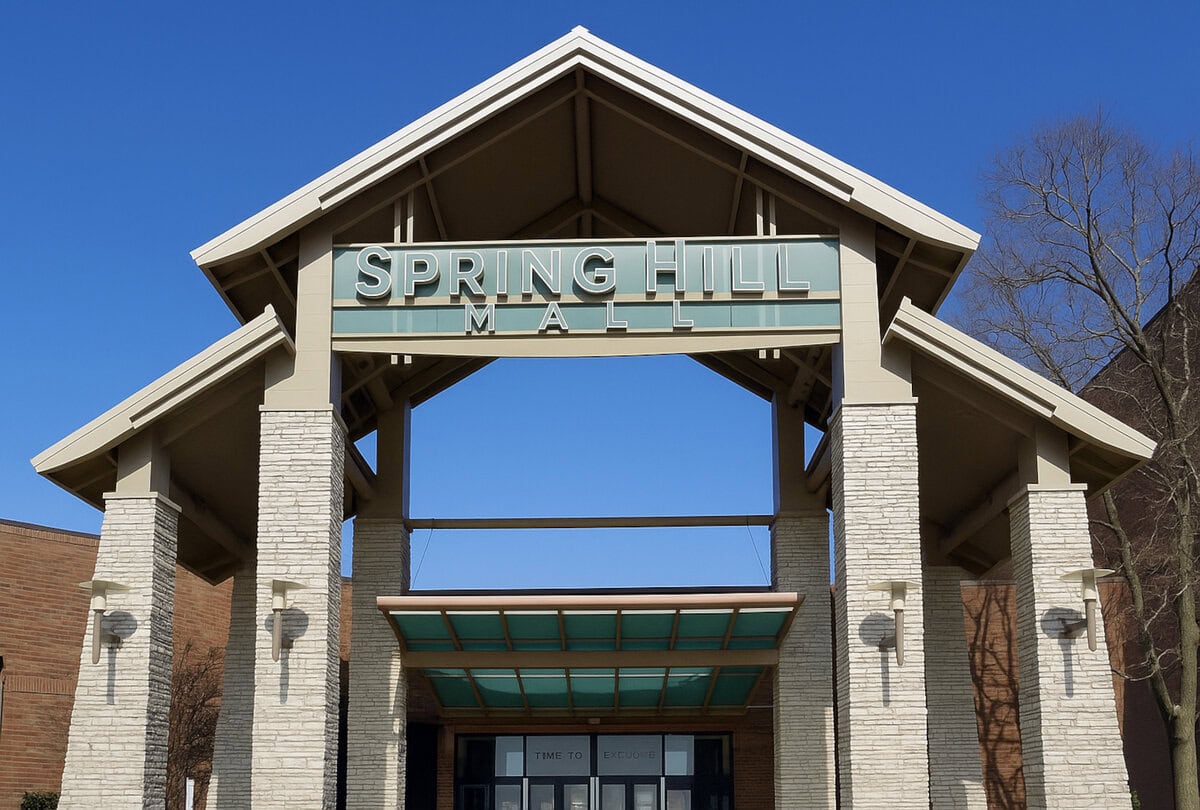
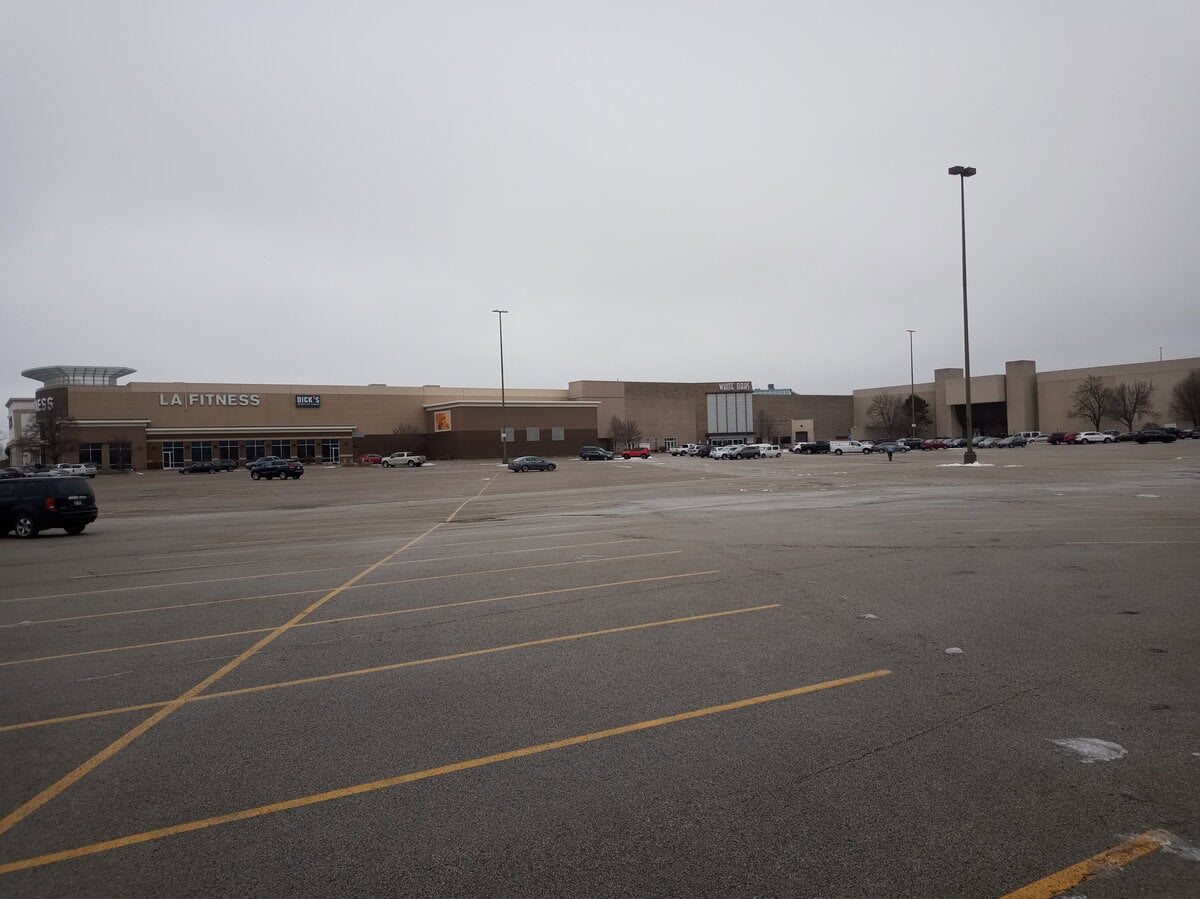
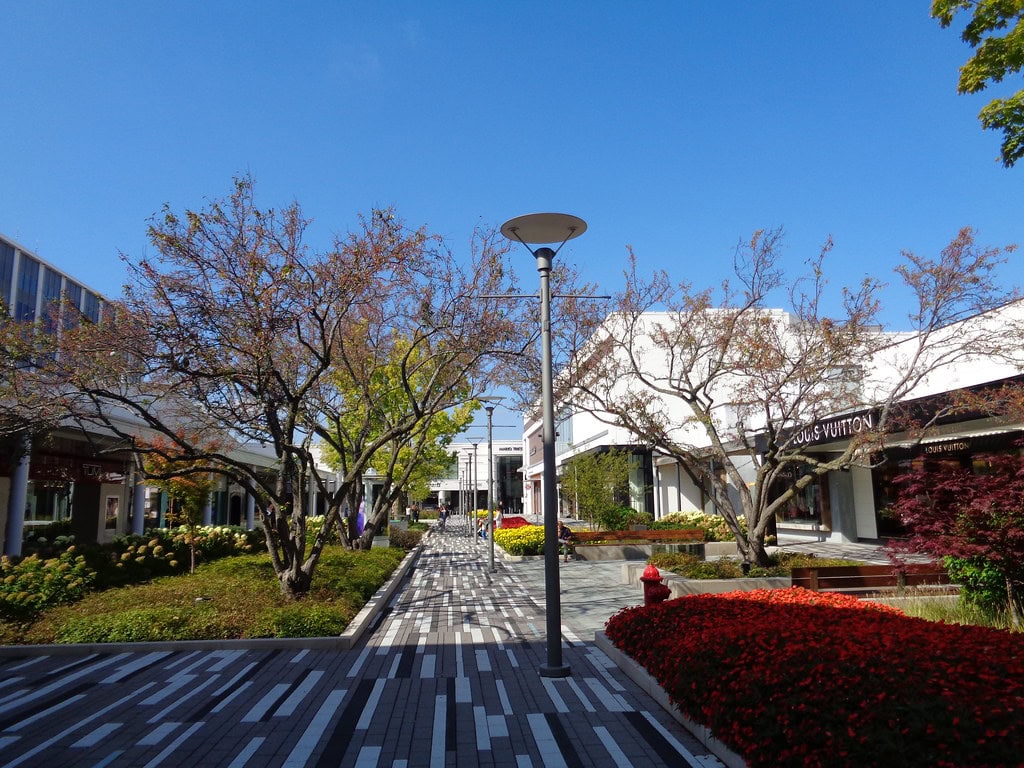

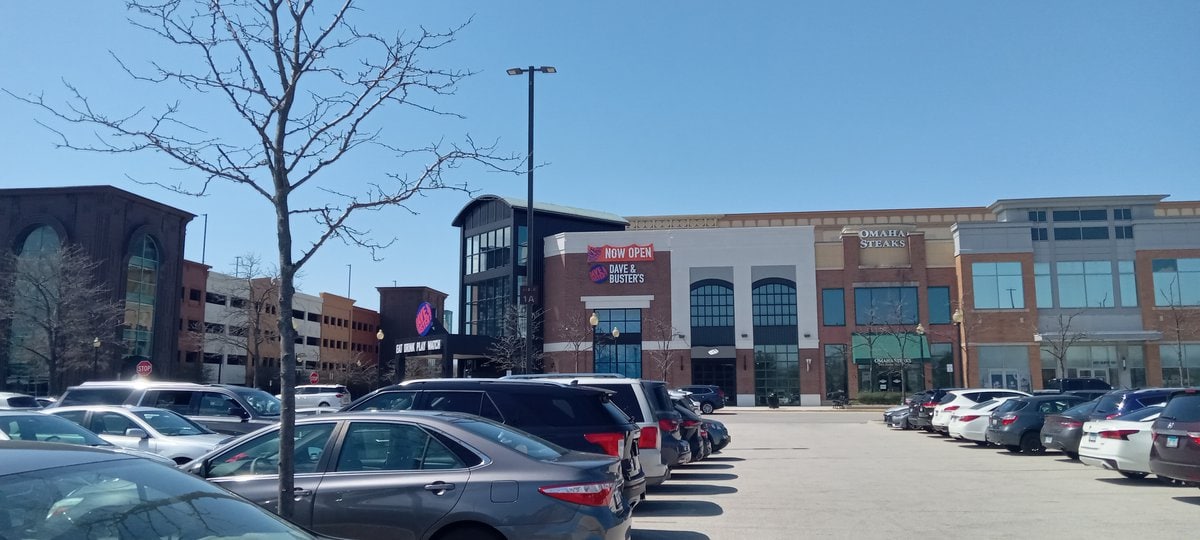
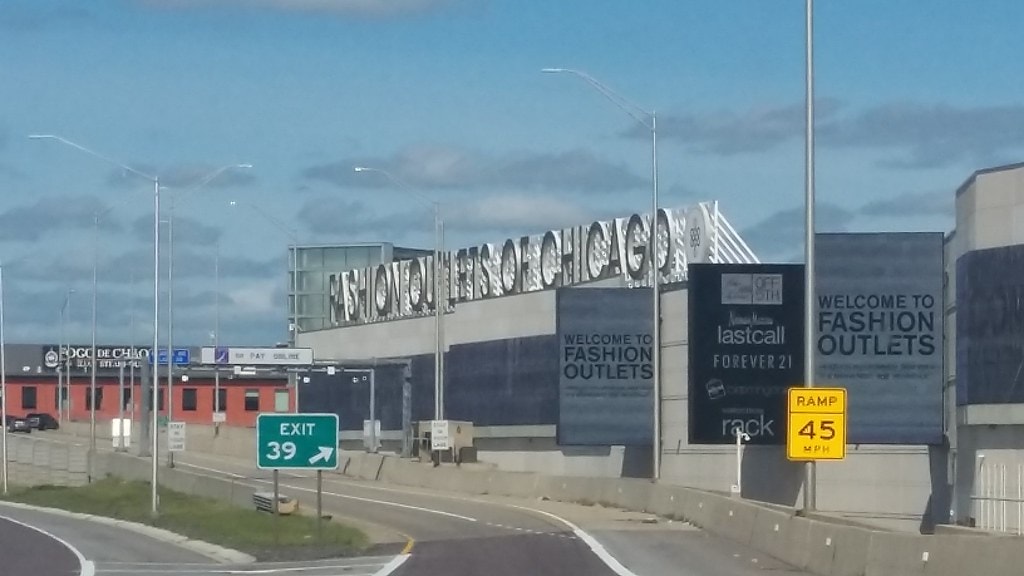
After reading your group of sentences I derived that you couldn't put a story about anything together without using what someone else has already put in print many times.
If you are going to try and write a story then get out of your chair and hit the streets and write something not just from information you copied from someone else doing the work. You can steal but eventually you will get caught. I have read this same article at least 3 times over the last couple of years.
I understand that you're frustrated with the content, but accusing someone of stealing is a serious claim. This article is mainly about the history of the mall, which is naturally based on facts already known. I'm happy to take constructive feedback, but comments like this, wrapped in hostility, don't add much to the conversation.